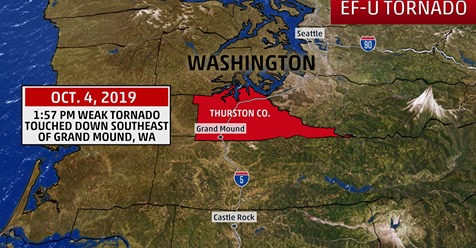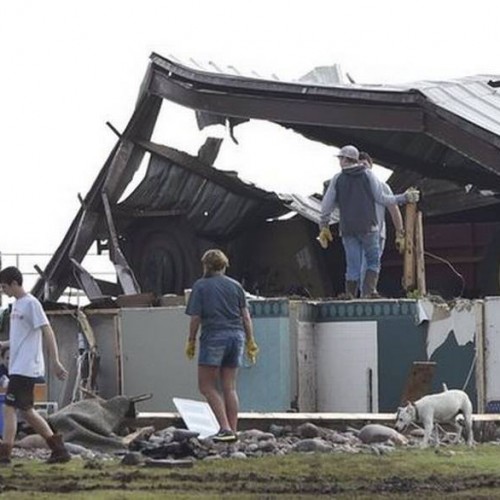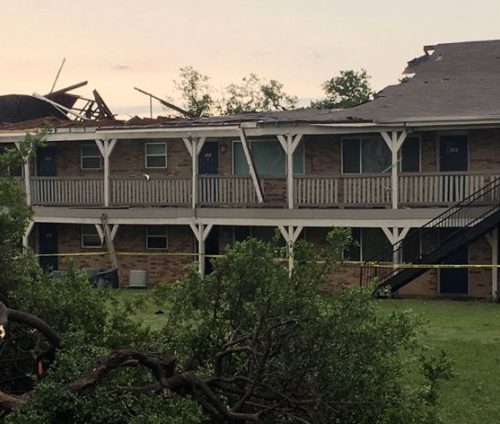Tornadoes rarely hit Washington state, but one was confirmed there on Friday, and the location where it briefly touched down prevented it from being assigned a rating.
Friday’s tornado struck southeast of Grand Mound, Washington, at 1:57 p.m. PDT and was less than 50 feet wide and traveled on the ground fewer than 100 feet. The tornado caused no damage, but was confirmed by the National Weather Service (NWS) based on photos, videos and radar data.
Tornadoes are typically rated from EF-0 (light damage) to EF-5 (catastrophic damage) on the Enhanced Fujita Scale based on the damage that they cause, not by their appearance or any other real-time metric. But when a tornado strikes a mostly rural area with few structures or trees, the damage may be so sparse it can be difficult for the NWS to estimate the strength of the winds.
Friday’s tornado is an example because it caused no damage in the field where it spawned.
For occasions when there is no tornado damage but there is evidence a tornado existed, the NWS has the ability to give an EF-U rating for “unknown,” which can be used in official records.
There were 18 tornadoes rated EF-U in 2018, according to NOAA’s Storm Events Database. Almost all of those were in Plains states where there are fewer structures and trees for tornadoes to hit and cause damage that can be rated by an NWS survey team.
Tornadoes are far more common in the Plains than in Washington state. An average of three tornadoes have occurred per year in Washington during 20 years spanning 1991-2010, according to NOAA.
by Chris Dolce (2019, Oct 6) weather.com




